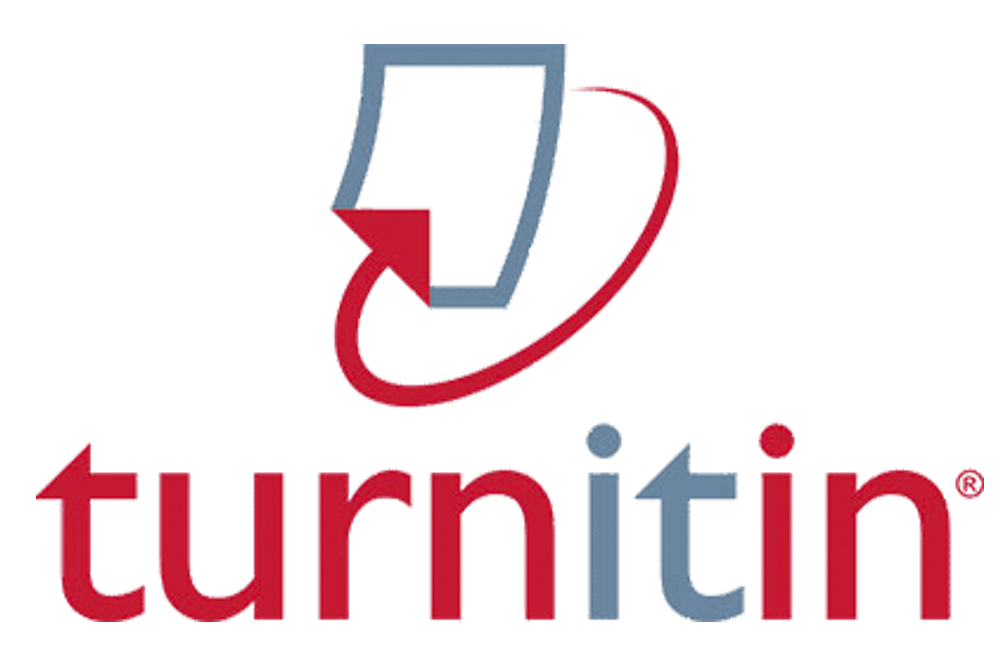PERSPEKTIF PEKERJA PERS ALIANSI JURNALIS INDEPENDEN (AJI) DENPASAR TENTANG SEMBILAN ELEMEN JURNALISTIK BILL KOVACH DAN TOM ROSENSTIEL
DOI:
https://doi.org/10.25078/anubhava.v3i2.2730Abstract
ABSTRACT
This research examines the principles of Nine Elements of Journalism by Bill Kovach and Tom Rosenstiel at AJI Denpasar. Seeing the current situation and the work of journalists that are racing with speed, need to be precise and other problems. Technological developments provide support for the work climate. However, can the verification process still be carried out when speed is demanded? That is one of the questions that the author wants to examine in this thesis with the formulation of the problem, namely: How is Bill Kovach and Tom Rosenstiel's Nine Elements of Journalism Understanding of Press Workers at the Alliance of Independent Journalists (AJI) Denpasar? What are the obstacles to implementing Bill Kovach and Tom Rosenstiel's Nine Elements of Journalism for Press Workers at the Alliance of Independent Journalists (AJI) Denpasar? What is the strategy to overcome the problem of implementing Bill Kovach and Tom Rosenstiel's Nine Elements of Journalism for Press Workers at the Alliance of Independent Journalists (AJI) Denpasar?
The theory used in this study uses S-O-R (Stimulus Organism Response) Theory, New Media Theory and SWOT Theory. This type of data collection is qualitative from primary and secondary data sources. Data collection techniques used are observation, interviews, documentation.
The research findings are: 1) Most of the press workers or journalists at the Alliance of Independent Journalists (AJI) Denpasar understand the principles of Bill Kovach and Tom Rosenstiel's Nine Elements of Journalism which were obtained in various ways such as reading books, reading information on websites or during on-the-job training or at the AJI Denpasar organization. 2) There are several points or elements of Bill Kovach and Tom Rosenstiel's Nine Elements of Journalism which became obstacles when applied by press workers at AJI Denpasar. The most dominant is element number four, namely independence, element number five, namely journalists being monitors of power. The third element of journalism is the discipline of verification and element number seven, namely the journalist must try to make things important, interesting and relevant. The strategy to overcome these obstacles is carried out in several ways, namely strengthening newsrooms, forming media companies with donation or subscription patterns to generate income and increasing the ability of journalists.
Keywords: Nine Elements of Journalism Bill Kovach and Tom Rosenstiel, AJI Denpasar, Journalist, Newsroom
References
Bayu Aji, Nunung. 2018. “Analisis Swot Daya Saing Sekolah: Studi Kasus Di Sebuah Sma Swasta Di Kota Tangerang. O p e r a t i o n s E x c e l l e n c e, 2018, 10(1): 65-73. Diunduh pada 1 Juni 2023 dari https://www.neliti.com/id/publications/268829/analisis-swot-daya-saing-sekolah-studi-kasus-di-sebuah-sma-swasta-di-kota-tanger
Cristin Harnita, Pratiwi. 2015. “Elemen Jurnalistik Juga Untuk Blogger”. Jurnal Interaksi, Vol. 4 No. 1, Januari 2015 : 82 – 89. Diunduh pada 15 September, 2022 dari
https://ejournal.undip.ac.id/index.php/interaksi/article/download/9738/786
Haryanto, Ignatius. 2003. “The Age of Capital, Pers, Uang, dan Kekuasaan”. MediaTor. Vol.4-No.1-2003. pada 13 Desember 2022 dari https://media.neliti.com/media/publications/156373-ID-the-age-of-capital-pers-uang-dan-kekuasa.pdf
Heryanto, Gun gun. 2018. Media Komunikasi Politik. Yogyakarta: IRCiSoD.
Kovach, Bill dan Tom Rosenstiel. 2003. Sembilan Elemen Jurnalistik. Jakarta: Yayasan Pantau.
Kurniawan, D. (2018). “Komunikasi Model Laswell Dan Stimulus Organism-Response Dalam Mewujudkan Pembelajaran Menyenangkan. Jurnal Komunikasi Pendidikan” diunduh pada 13 Januari 2023 dari https://doi.org/10.32585/jkp.v2i1.65
Maulana, Syarif (2015). “Ruang Publik dan Intelektual Organik”. Jurnal ILMU KOMUNIKASi VOLUME 12, NOMOR 1, Juni 2015: 119-134. Diunduh pada 10 Mei 2023 dari
https://www.neliti.com/id/publications/102550/ruang-publik-dan-intelektual-organik
Puasa, Handayani Emi.2016. “Perlindungan Hukum Jurnalisme Warga”. Journal Diversi, Volume 2, Nomor 1, April 2016 : 239-379. Diunduh pada 7 Mei 2023 dari https://www.neliti.com/id/publications/276399/perlindungan-hukum-jurnalisme-warga
Romli, Asep Syamsul, M (2020), Jurnalistik Online, Panduan Praktis Mengelola Media Online, Kiat Blogger, Teknik SEO, Citizen Journalism, Bandung: Nuansa Cendekia.
Sen, Krishna dan David Hill. 2011. Politics and the Media in Twenty-First Century Indonesia. London: Routledge.
Subaida, Rani. (2021). “MEDIA MASSA VS MEDIA SOSIAL : KONSTRUKSI REALITAS PEREMPUAN”: Jurnal Indonesia Sosial Sains http://jiss.publikasiindonesia.id/ Vol. 2 No. 4 April 2021 P-ISSN: 2723 - 6692 dan E-ISSN: 2723 – 6595. Diunduh pada 3 Mei 2023 dari https://www.neliti.com/id/publications/465085/media-massa-vs-media-sosial-konstruksi-realitas-perempuan
Sugiyono. 2010. Metodelogi Penelitian pendekatan Kuantitatif, Kualitatif danR&D. Bandung: Alfabeta.
Tapsell, Ross.2021. Kuasa Media Di Indonesia. Tangerang Selatan: Marjin Kiri.
Yasir. (2009). Pengantar Ilmu Komunikasi. Pekanbaru: Pusat Pengembangan Pendidikan Universitas Riau
Downloads
Published
Issue
Section
License
Copyright (c) 2023 Anubhava: Jurnal Ilmu Komunikasi HIndu

This work is licensed under a Creative Commons Attribution-NonCommercial-NoDerivatives 4.0 International License.
Anubhava: Jurnal Komunikasi Hindu is licensed under a Creative Commons Attribution-ShareAlike 4.0 International License. Permissions beyond the scope of this license may be available at Anubhava: Jurnal Ilmu Komunikasi















